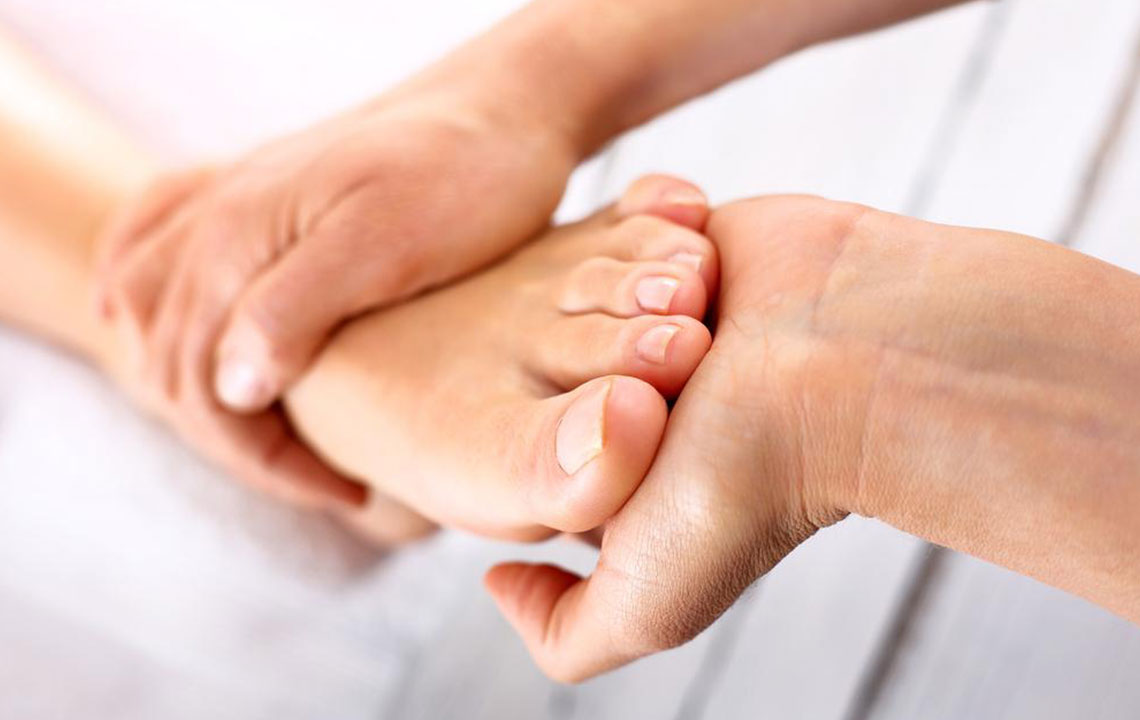6 Home-based Plantar Fasciitis Treatments
An orthopedic disorder, plantar fasciitis affects the heel and the bottom of the foot. It also affects the Achilles tendon. Plantar fasciitis is caused by the inflammation of tissues (plantar fascia) that connects the toes to the heel bone at the bottom of the foot. Common among runners, plantar fasciitis also affects those who are overweight and wear shoes that do not have appropriate support. This disorder might affect one leg or both.

This disorder of the feet usually starts quite slowly. There is an excruciating pain with the initial first steps in the morning or after a prolonged rest period. Pain may also occur after standing or sitting for a long time. The pain can be debilitating right after a strenuous exercise. Surprisingly, there is no pain experienced during an exercise routine. The pain subsides as the day progresses and the feet goes through the regular motions and movements.
There is no specific cause for why plantar fasciitis occurs. However, certain risk factors increase the probability of this orthopedic disorder:
- Overweight
Being overweight can be a cause of many health problems including plantar fasciitis. The extra weight puts a strain on joints, bones, and tissues of the feet. This also affects the plantar fascia, the thick band of tissues connecting the heel bone the toes. - Foot deformities
Abnormal foot issues such as flat-foot, high arch or improper walking gait can put undue pressure on the plantar fascia. - Age
It is observed that people between the age of 40 and 60 are more prone to plantar fasciitis. - Occupation
People whose work involve standing the entire day are more likely to suffer from plantar fasciitis. For instance, people who work in factories, transport, and teachers are prone to plantar fasciitis. - Strenuous exercise
Exercises that put excessive strain on the heel can bring about plantar fasciitis. People who are into long-distance running, ballet, ballistic jumping or aerobic dance are more prone to plantar fasciitis.
Plantar fasciitis treatments include orthopedic aids and podiatric treatments. In extreme cases, a doctor may suggest corrective surgery. However, in most cases, physical therapy and using corrective footwear are used as plantar fasciitis treatments. There are specific techniques that also help to relieve the pain temporarily. Here are seven home-based plantar fasciitis treatments you can do at home to alleviate pressure from your foot.
- Epsom salt
Epsom salt is made of magnesium sulfate crystals. Dissolve two-three tablespoons of the salt in a tub of warm water. For 10-15 minutes, soak your feet in the saline water. This can be accompanied by massaging the affected areas of the feet. This will reduce the inflammation of plantar fascia and relieve the pain. This should be done twice a day and for several weeks. - Turmeric
Turmeric contains a chemical known as curcumin that has anti-inflammatory properties. Including turmeric in diet can help reduce inflammation and provide relief from chronic as well as acute pain. It is necessary to have turmeric in its raw root form rather in the powered processed form. Juice can be extracted from this the turmeric paste and mixed with a cup of milk. Heat the concoction and add in honey. Have this daily before bed. - Cold compress
A regular use of cold compress can also be used as a plantar fasciitis treatment. This provides relief from inflammation and pain. It should be noted that direct application to the affected area of ice should be avoided. A few cubes of ice can be wrapped in a towel and placed over the affected area of the foot. This can be done a few times daily or after any activity that puts a strain on the feet. - Ginger
Similar to turmeric, ginger is also an effective natural plantar fasciitis treatment. Ginger also has anti-inflammatory properties that help to alleviate plantar fasciitis pain. Ginger can be made a regular part of daily diet. Drinking ginger tea daily can also help to beat discomfort caused due to plantar fasciitis. Use grated ginger and steep the tea for not more than 10 minutes. Be careful about the quantity of ginger, as too much can make your tea too strong for your taste. - Foot massage
A regular foot massage can help to regulate blood flow in the areas affected by plantar fasciitis. This plantar fasciitis treatment also helps to provide relief from tension in the heel and plantar fascia. Warm olive, sesame or coconut oil can be used to massage the feet for around 10 minutes. This should be done twice daily and at least once, before bed. - Footwear
Shoes that do not give the necessary comfort and support to feet should be avoided. Heels of the shoes should be low or moderate and not too high. For regular everyday use, shoes that have good arch support, cushioning, and shock absorbency should be used.